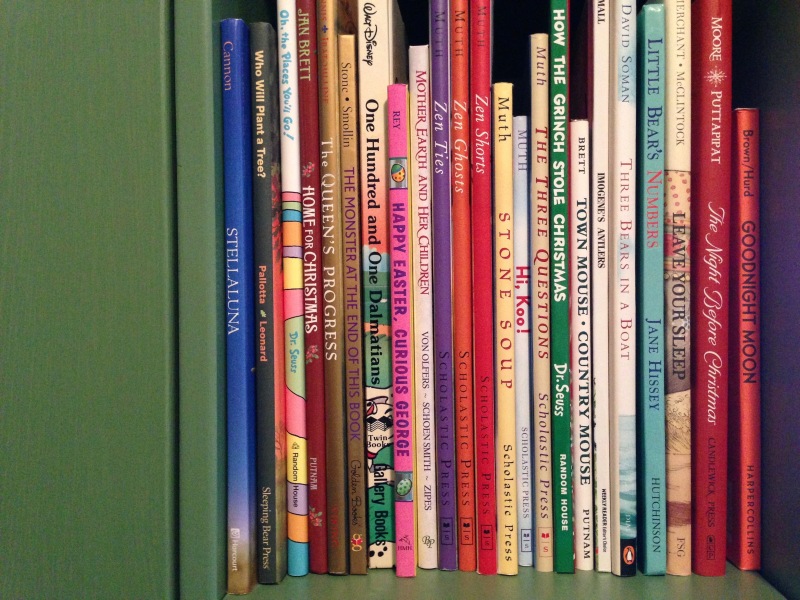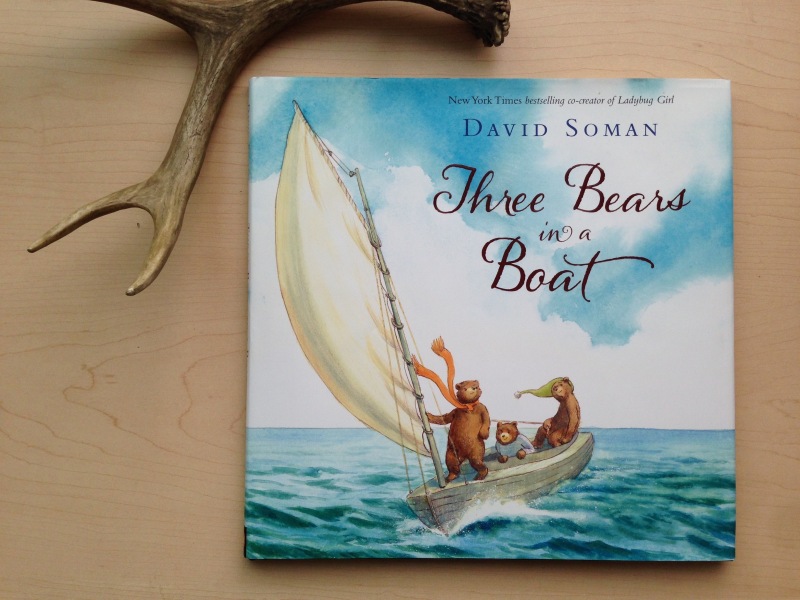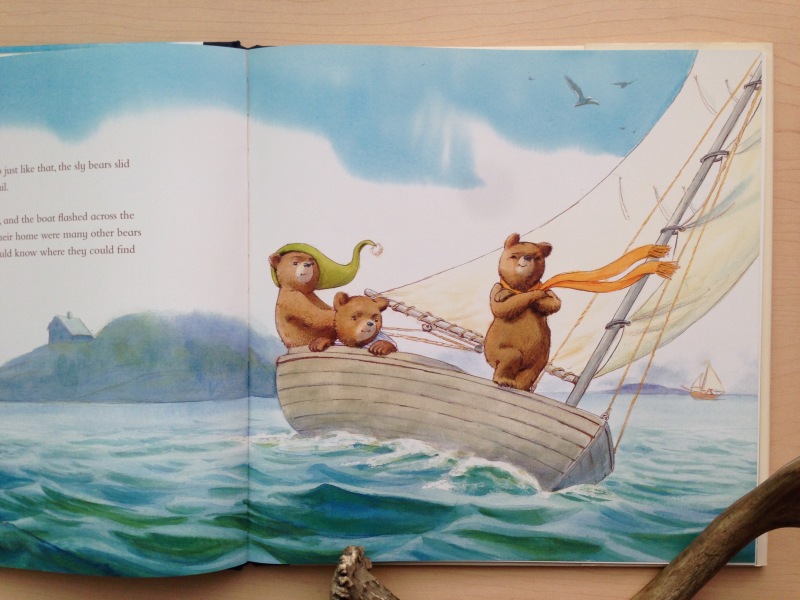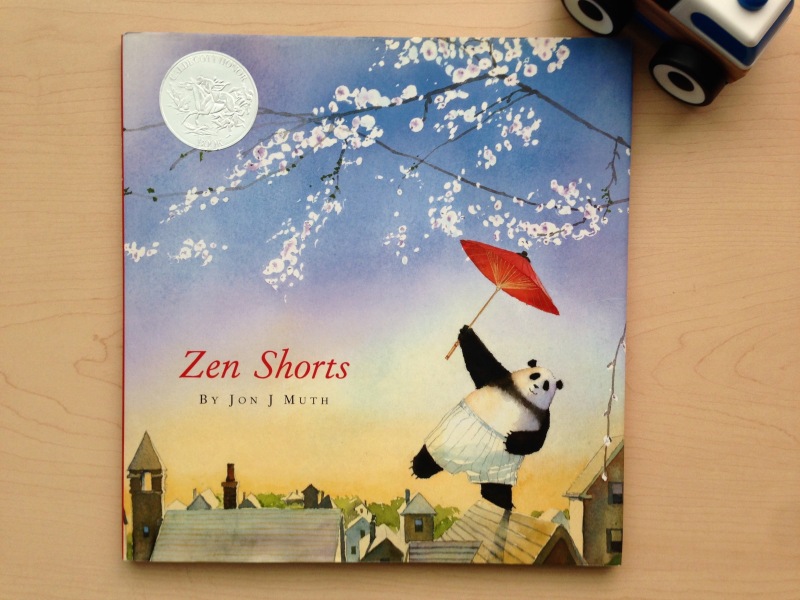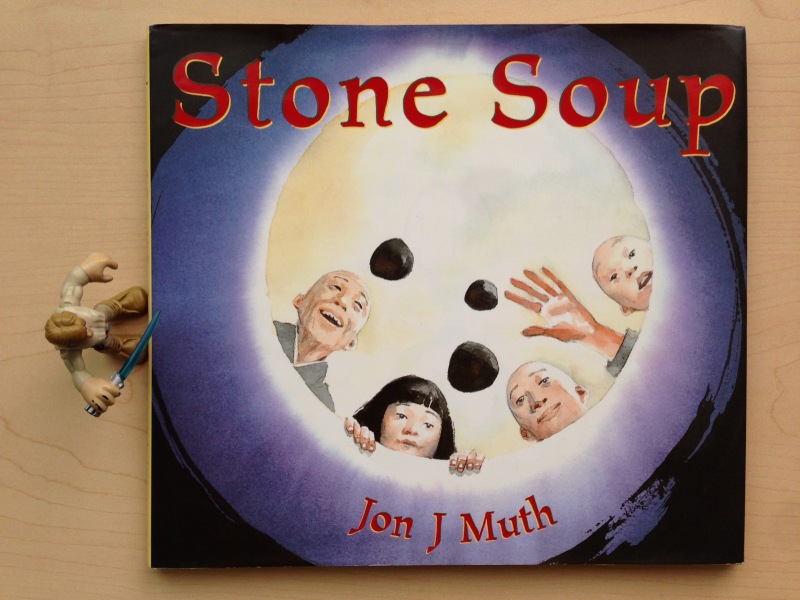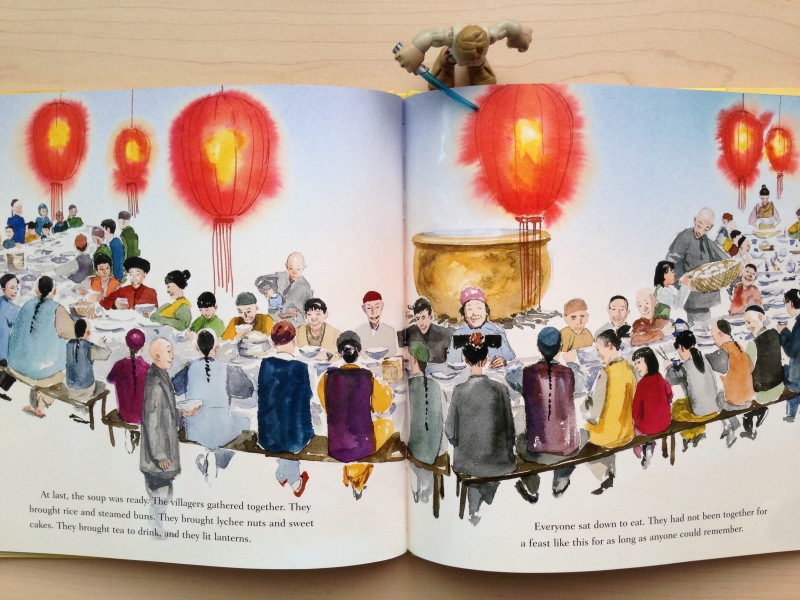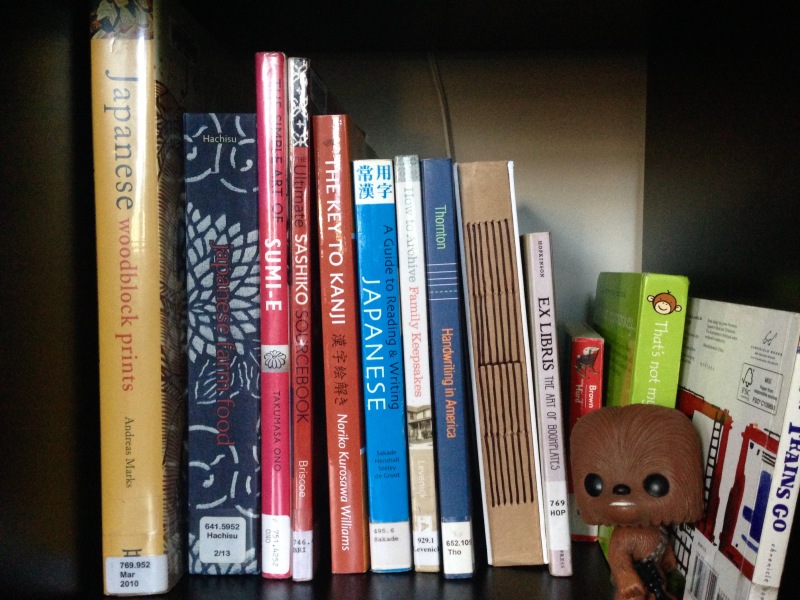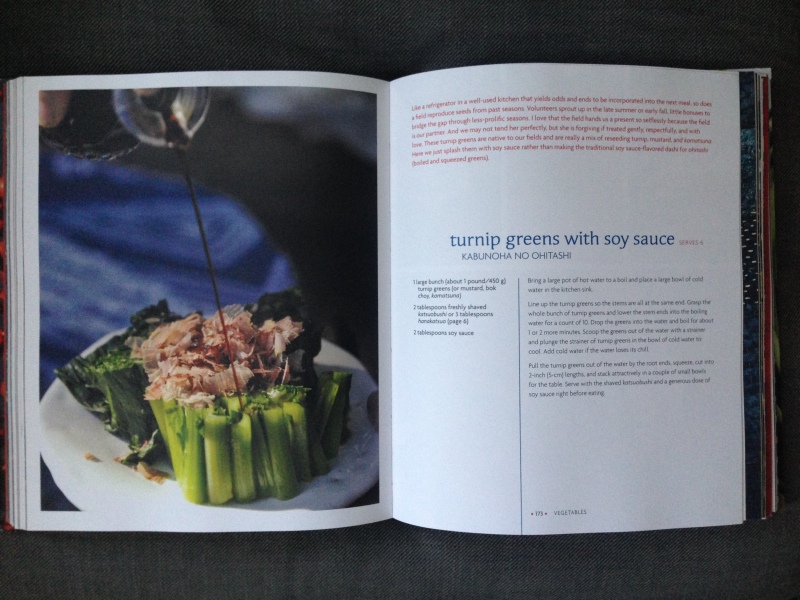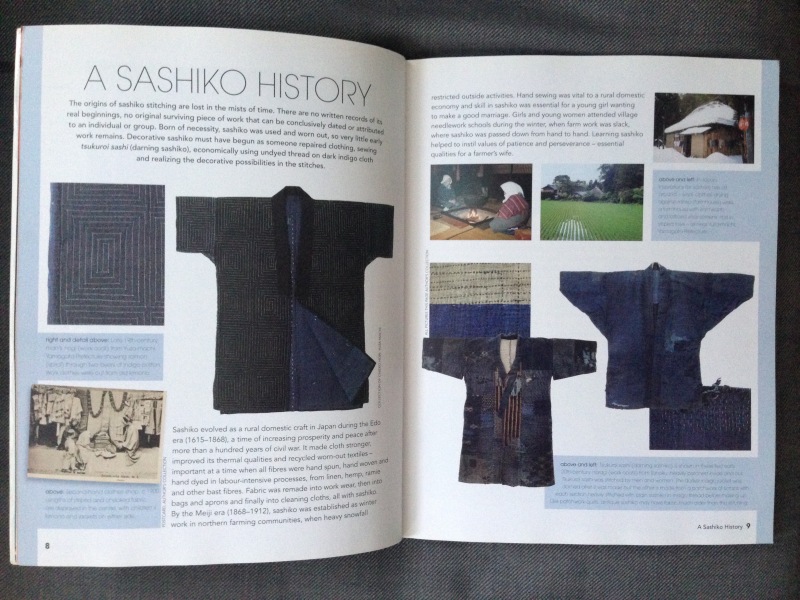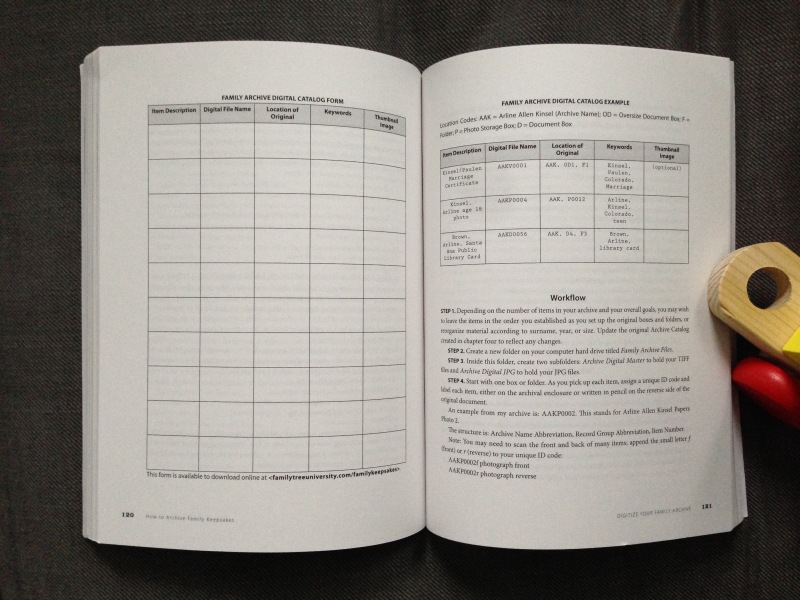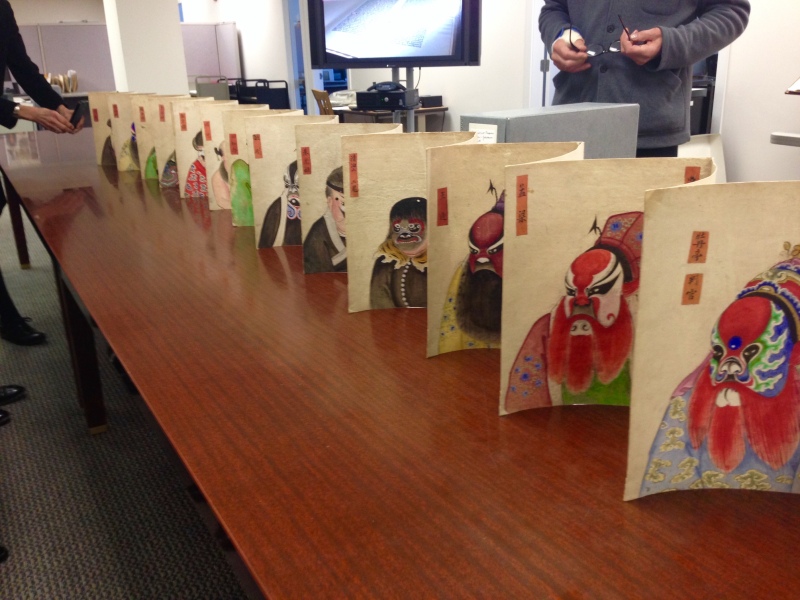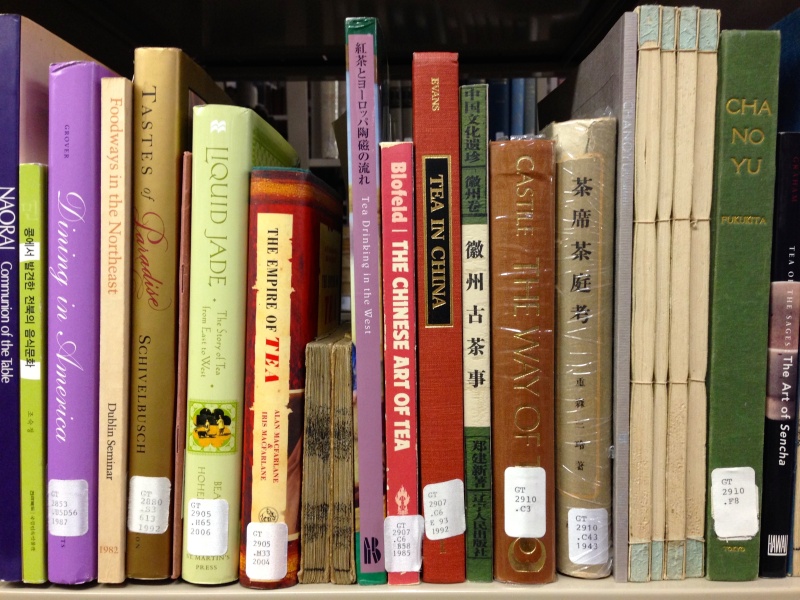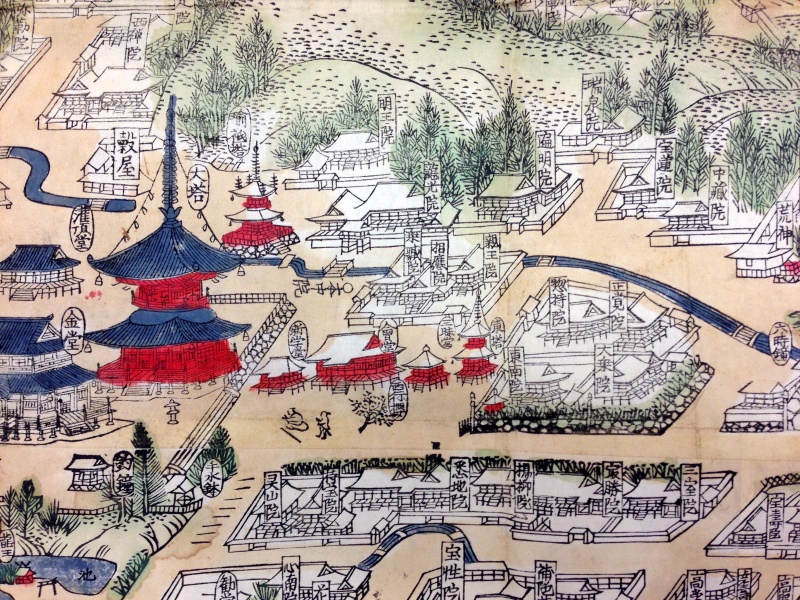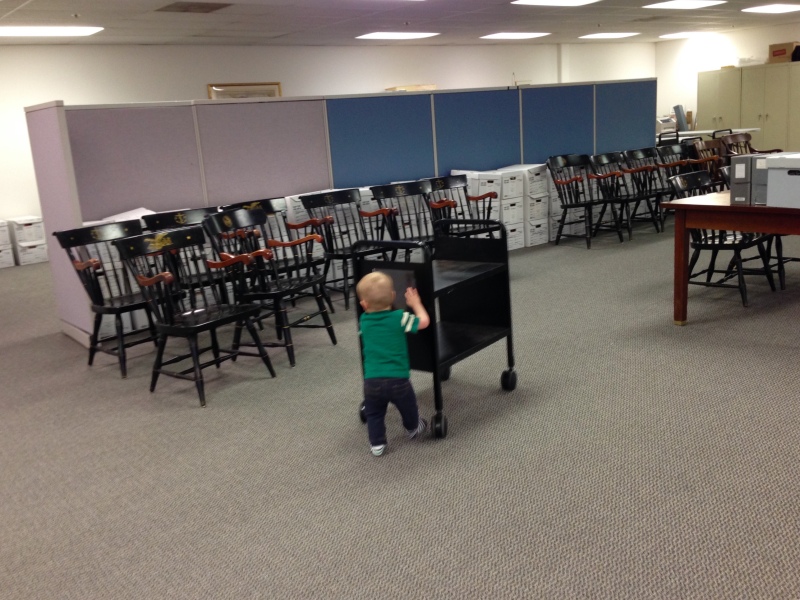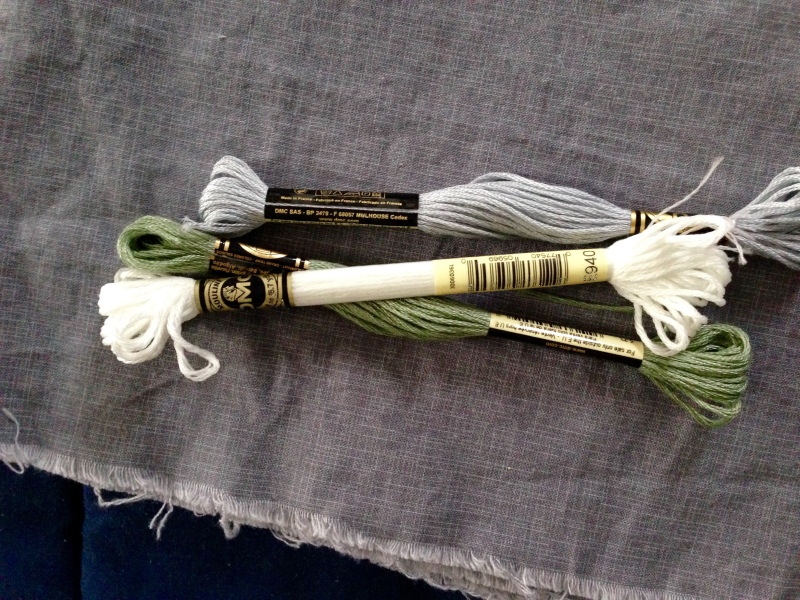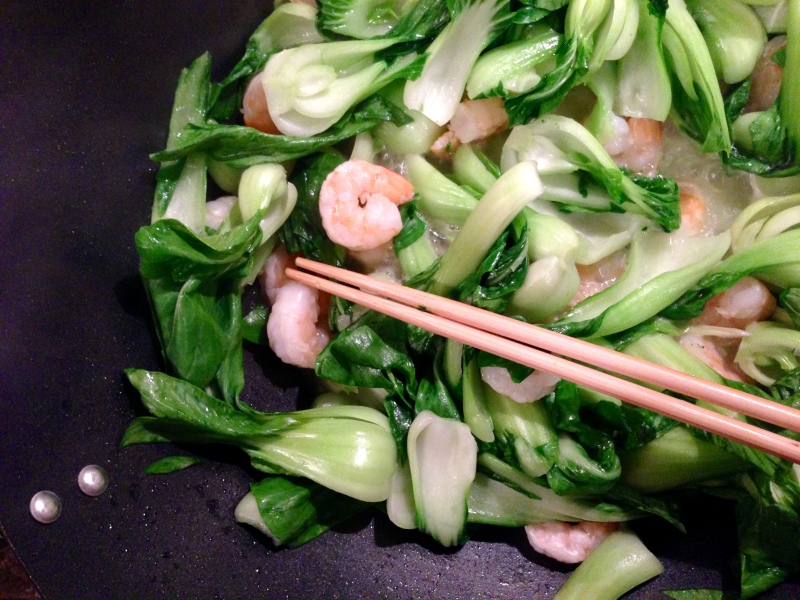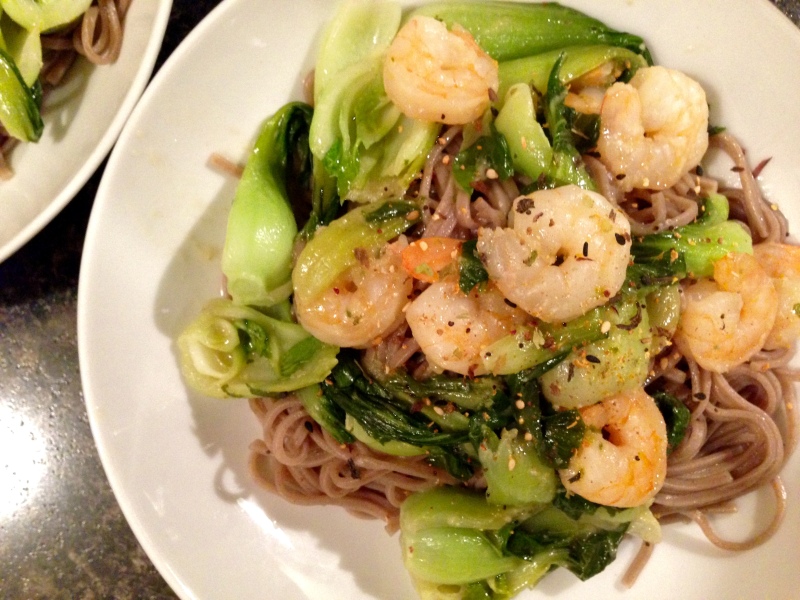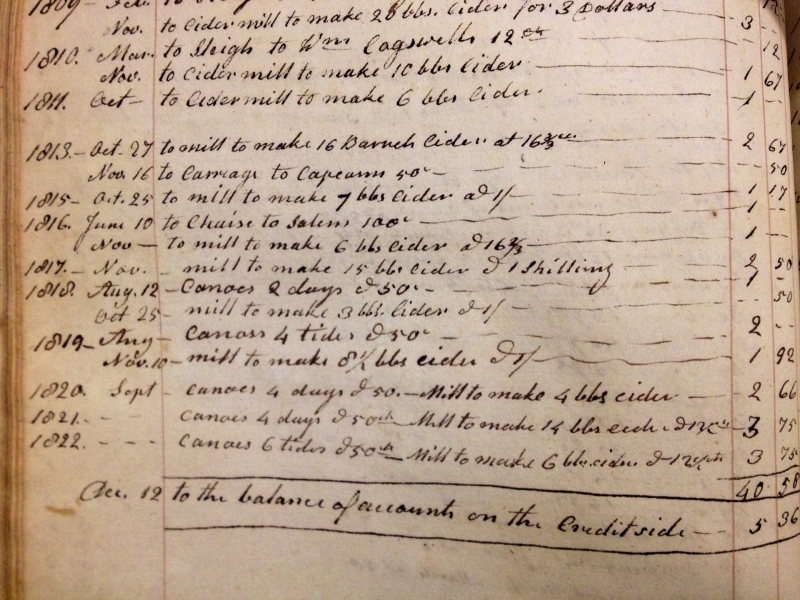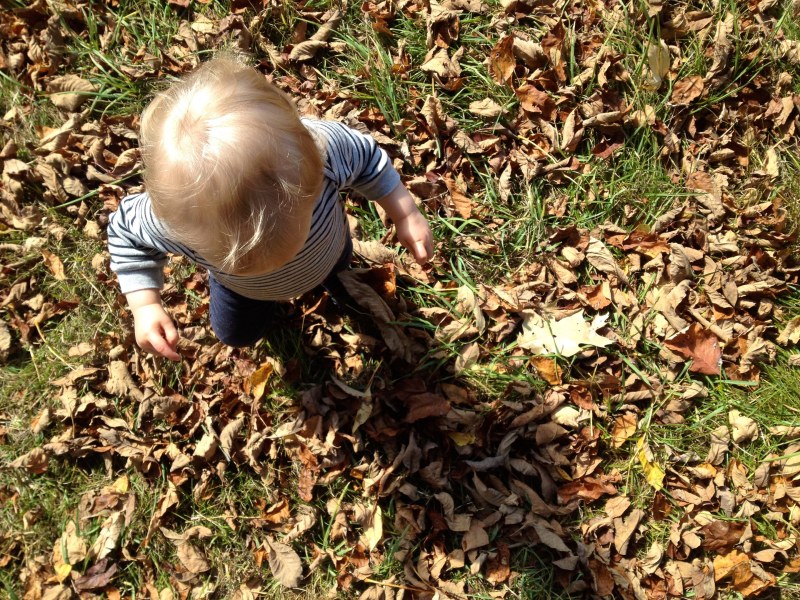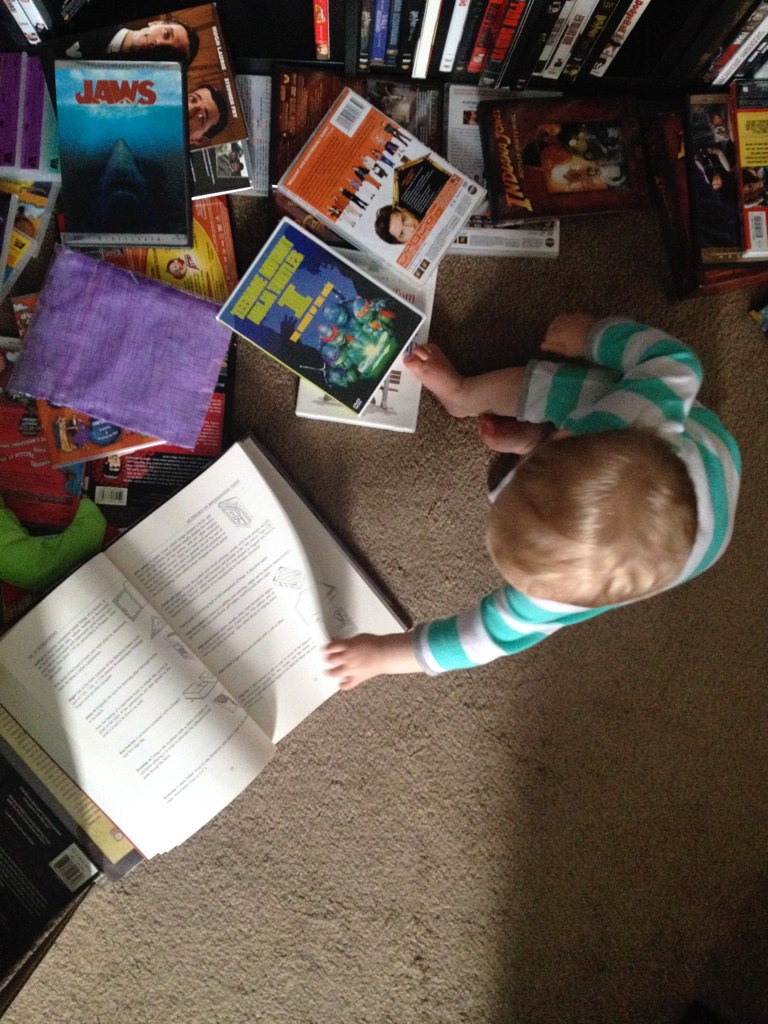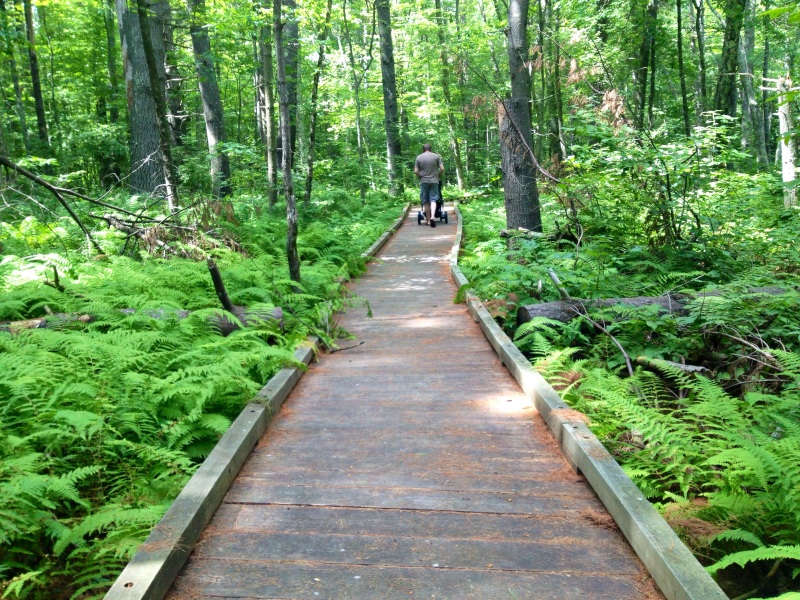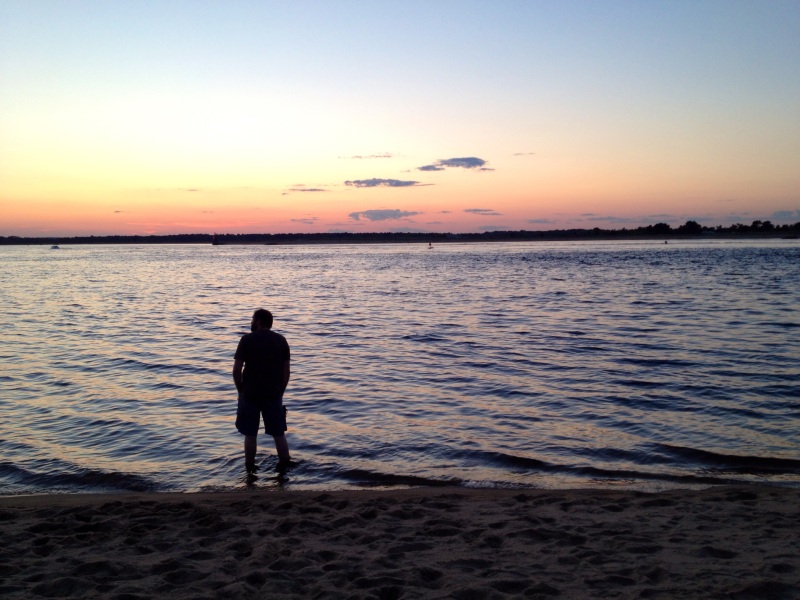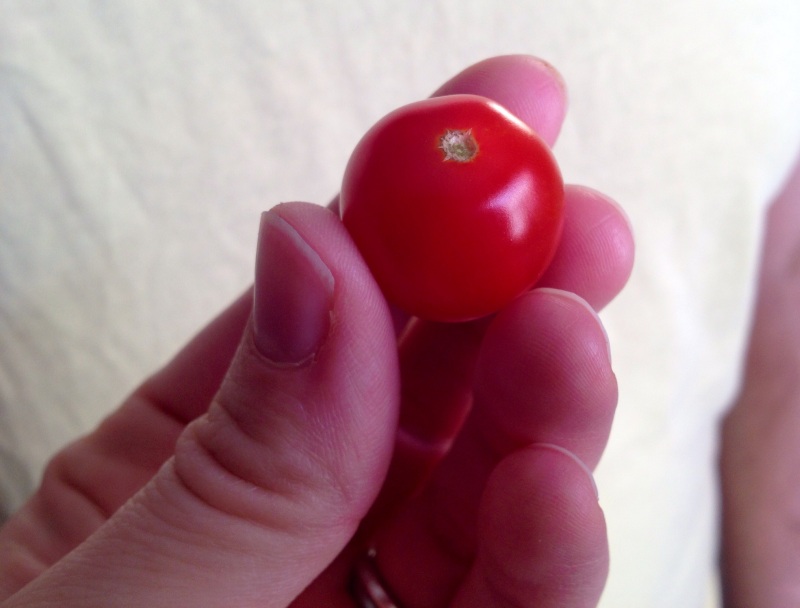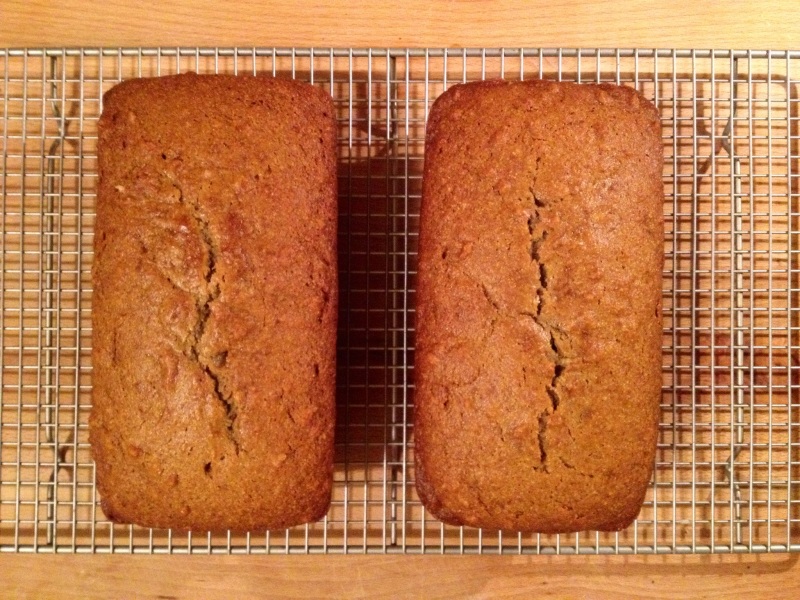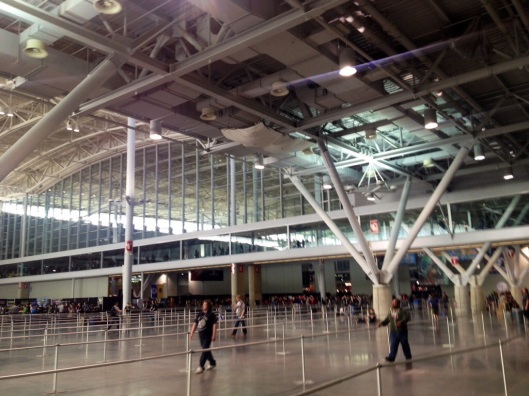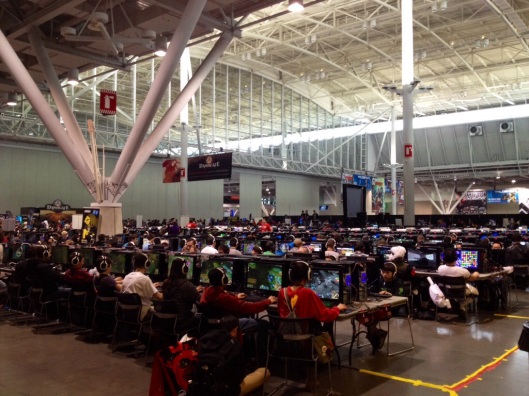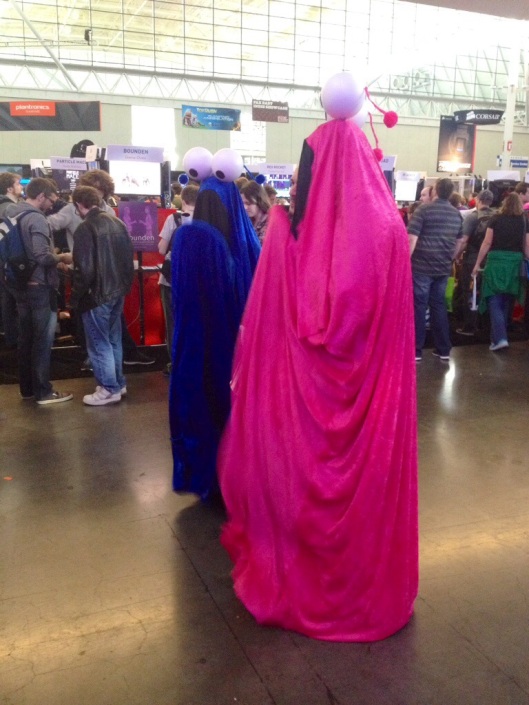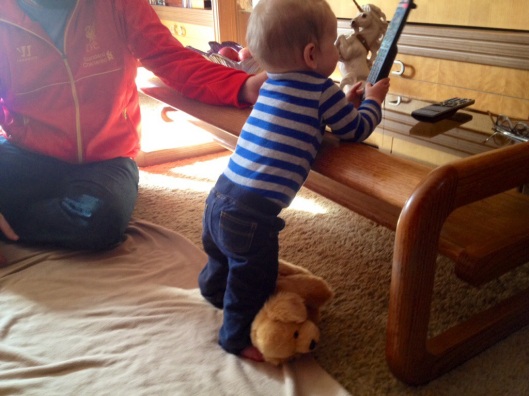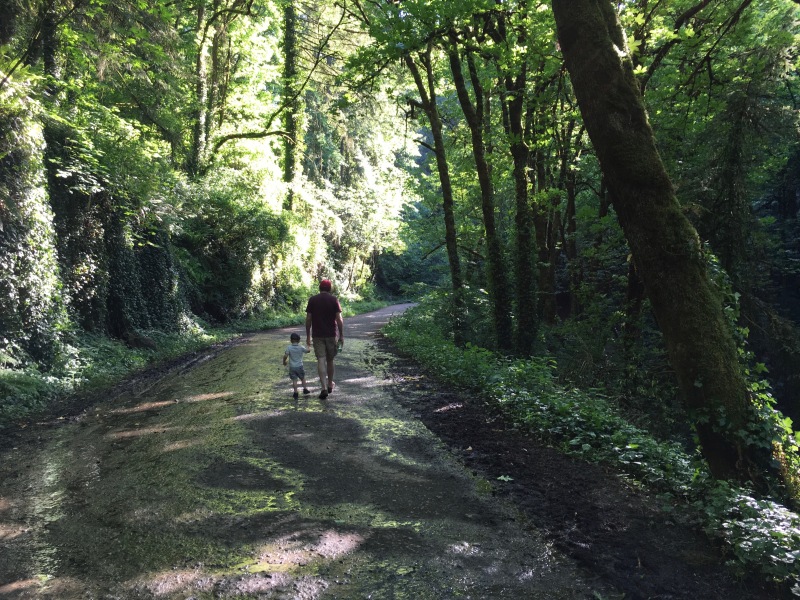
Quite a year we’re having, hm? And just over a year since my last post. The lapse was unintentional, though not surprising. This has been the most tumultuous, stressful year I can recall.
As I began writing this, Little Bear (or T, I should say, now that babyhood is behind him) was passed out in exhaustion after his fourth stomach bug of the year. M and I were catching up on housework and wondering if 7:30 p.m. was too early to go to bed ourselves. Essentially, it was a fairly normal night for recent life.
We’re hardly new to adulthood, but so many challenges have coincided during the past year or so, we have reached a whole new level of mental, emotional, and even physical struggle. I realized I was starting to see self-care as a luxury, something to do after attending to my family, our home, our work, or even useless time wasting. I reject that now. I remind myself to prioritize efforts to keep the stress, frustration, and fatigue at tolerable levels. Here: some of the biggest hurdles and most helpful activities for me.
THE TRIALS
Parenting a threenager
If you’ve not heard the term, “threenager” refers to the fact that whoever coined the phrase “terrible twos” was just trolling parents. Two is a breeze. Three is parenting on Hard Mode. It is the grueling dress rehearsal for the teen years, and it is a constant struggle to stay centered and seek joy.
On the one hand, T’s increasing articulation, creativity, and physicality are a marvel to behold. He tells stories, loves to paint with watercolors, and climbs on everything. He can be delightfully insightful, funny, and sweet.
On the other hand, he is willful, heavily into independence, and often shockingly lacking in empathy. All of these are normal toddler traits, things he needs to adjust to on his own or by learning from our example. Reacting to them is a fantastic exercise in emotional growth, mindfulness, and resilience. But it is not easy. It would be difficult even if we were perfectly healthy and well-rested.
Sleep
Work
When M was laid off, we agreed that we had to be ready to change, to keep our options as open as possible. He accepted an offered job in Oregon, so I quit my job in Massachusetts. I wasn’t worried about my future as a whole, and I was interested in the new avenues that might open. But I confess that, deep inside, I knew that I might be permanently leaving the career I’d been building, and I am still wrestling with that.
It may seem defeatist, but it is pragmatism that has me questioning whether I will ever be a librarian (let alone a rare books specialist) again. Though Portland doesn’t have a local library school churning out graduates, it also does not have New England’s density of repositories. Weeks go by before I see any posted job to which I could reasonably commute, let alone one that also fits my skills and goals. Even then, Portland is an Attraction. People want to move here or (if native) stay here. There are already plenty of qualified librarians on staff patiently waiting to move up the ranks. Hiring from within is the norm (so is using volunteers to accomplish much of the work). Breaking in from outside can be incredibly difficult, and sometimes I fear that it is impossible.
I am still exploring my options and generally enjoying the process. Right now, I am experimenting with the other side of the book world (i.e., selling), and it is fascinating. I will be happy continuing there, though I hope I can get a less punishing schedule soon. Really, the only big problem with my career at the moment is my lingering reluctance to leave the path I was on before. That reluctance creates uncertainty, and there is too much of that going around right now.
Current events
I have to refer to the endless, repellent United States election. I know I am not the only one feeling serious stress about this year’s surreal political situation. As I sit here typing, I feel physically cowed and slightly sick to my stomach. I am terrified of what our country could become and how people could be treated. I still feel occasional disbelief that we have come to this. But current events in general have been an onslaught.
The occupation of the Malheur reservation occurred a few months after we arrived. Despite being miles away, it produced a sense of uneasiness. We were new to Oregon and had no idea how the rest of the state would react. Would the armed anger spread? The relatively peaceful resolution was a relief. The recent verdict was not.
Brexit was a blow to this UK-ophile. It made it painfully obvious that not only is the UK not a viable dream home for our family, but the swelling tide of hatred, fear-mongering, and rejection of truth is depressingly global.
In my worst moments, I look at the world and feel utter despair. Where can you go? What is left? “What can men do against such reckless hate?” In these divisive times, what is honestly the point?
But I am not good at staying low. I’ve spent more time in the dumps this past year than during my life previously. But I float back up, even if now it takes an effort sometimes. That effort is worth it.
THE TREATMENTS
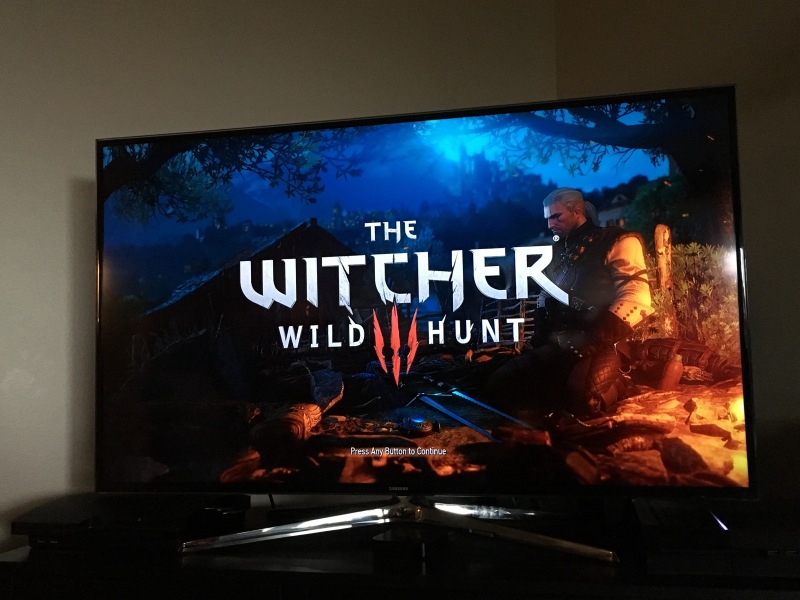
Meaningful distraction This has been more difficult than I’d like to admit. I am certainly prone to mindless Internet cruising, and it is remarkably easy to slip into when you’re exhausted, just want a minute to relax, and have a smartphone at hand. You would think that the luxury of being at home would make me dive into reading, crafts, and other hobbies. The desire is certainly there, but the discipline has been sorely lacking.
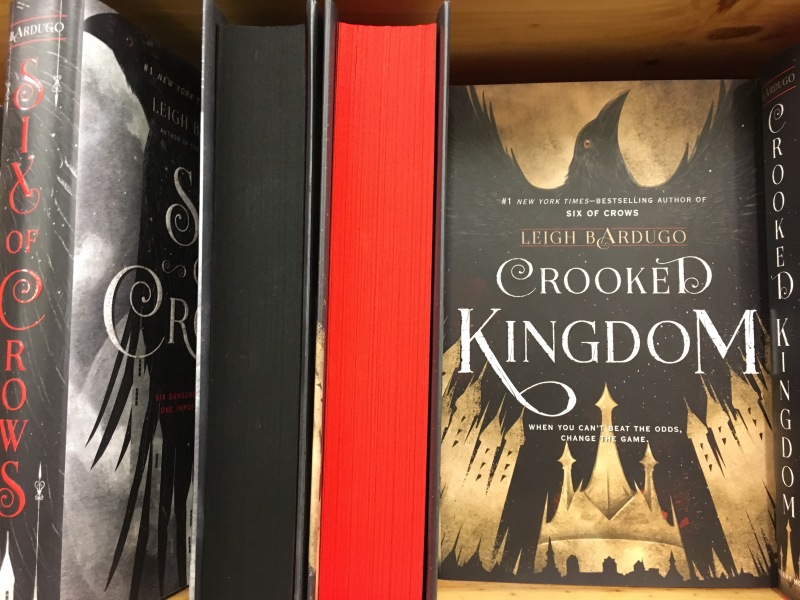
Lately, though, that has been changing. I find myself reaching for my calligraphy pens, baking ingredients, or even the video game controller. Thanks to the Pacific Northwest climate, I am able to garden whenever I choose. At the very least, I can sit on the balcony and enjoy a cup of coffee and the sound of rain on the roof.

Elevating sensory experiences is the small way that I currently explore mindfulness. I stop and do yoga or tai chi in the middle of the day, just to feel my body move. I spend a few minutes methodically making tea, watching the steam curl in the air, feeling it on my skin. I bury my face in my toddler’s mop of hair, nuzzle his (somehow always slightly sticky) cheek, let him clamber over me like I’m a jungle gym. Even shopping from the bulk bins at the grocery store has become an oddly soothing experience. Something about being closer to the beautiful reality of food, the possibility of what the components could become. Through handfuls of oats and azuki beans and flour, I reach for the reality that now seems warped, the possibilities that sometimes seem so distant.
Star Trek
The idea of possibility leads me, usually, to science fiction. In past times of political turmoil, I would find solace in that liberal stalwart, The West Wing. Not now. These days, I want true escapism, idealistic escapism. I want to be far from United States (or, frankly, most real world) politics. I want to think about the possibilities that could come with progress.
There is a line in, ironically, West Wing about raising the level of public debate in the country. With this election, we are down to debating whether the very foundations of democracy remain intact. Idealism is far away. We seem to just be hoping that most of us still belong to a common humanity. It is disheartening, disappointing, and not enough. I want to remember what we used to dream about, so I turn to Star Trek.
I never watched the Original Series, so I’m mainly talking about The Next Generation. Voyager was my childhood standby, but I find myself drawn now to Jean-Luc Picard and his crew. I marvel at their approach to the issues they encountered.
They prioritized diplomacy, curiosity, multiculturalism, and knowledge. They tackled problems with reason, thoughtful discussion, and careful experimentation (even when it made for boring TV). Sure, it had some notable flops (usually related to it being a TV show about advanced civilization in an industry that is often less than enlightened). But overall, I continue to be inspired by the vision of a future driven by exploration, diplomacy, and a firm acceptance of truth.
And on the lighter side, Worf always makes me laugh, and everything sounds better said by Patrick Stewart.

Watching words
I could write a whole series of posts about words. Words, their tone, the intention behind them, and their omission have been at the forefront of my mind. Following current events, moving to a new place and getting to know new people, accompanying a toddler through his early language acquisition: all of these have been major challenges and opportunities to think about how I use words and why. One big reason I haven’t posted on my blog is that I have been extremely hesitant about what (and whether) to say.
I have started myriad drafts. From current events to parenting, I started writing my reactions to many things (even those pseudo-Victorians). But I always hesitated, faltered, and wrote in my diary instead. I just couldn’t bring myself to add to (or detract from) any discourse.
That didn’t stop the words from coming. I delight in language, the way words fit together, the way they feel when you speak them, how they look on a page. So I kept scribbling or typing notes, collecting the words but corralling them. I finally signed up for NaNoWriMo just to give myself another place to put them. (Never mind that it’s eight days in, and I’ve written more words in this blog post than in my novel.)
Then there’s speech. Young T is at a critical juncture. He repeats the most horrifying slips made by me or M. He latches on to the worst lines in movies or TV shows or video games. He went through a phase where he called us “silly dumb” if we said something he thought was wrong. Of all the colorful and devastating insults slung into the conversation this year, a three-year-old’s sandbox taunt should provoke giggles. But you know what? It stung.
The words were mild. But the tone was, somehow, scornful. Whether he realized it or not, it conveyed disrespect. I have to assume he picked it up at daycare. M and I are not in the habit of insulting each other or our son. We worked very quickly to quash this development. We explained as best we could that words can hurt like fists, or more, since the damage can last far beyond what a bandage can heal. It took a few days, but that contemptuous tone left his voice and “silly dumb” faded away, replaced by “thank you” after almost everything.
I am proud of my son’s polite manners and increasing grasp of basic social courtesies. But I am after more than just preparing him to get through a dinner party. I am trying to cultivate in him a deep understanding of what these “word-actions” mean and how their impact can last. It sounds silly to emphasize manners when etiquette doesn’t even come up in the ongoing violent rhetoric. But I look at it as the beginning of the social contract.
My son interacts with a diverse group of little peers (which is pleasantly surprising in Portland). He doesn’t yet know that the differences between them are given meaning in some places and with some people. Before he becomes aware of that, I want him to have a concrete habit of approaching everyone with respect and civility. I want him to treat people as human beings, full stop, and choose words based on truth and compassion, not innuendo and stereotype. The thought of him using words to isolate, or manipulate, or bring harm to others makes me feel sick. The vicious power of language has been just overwhelming this year. I have to keep him clear.

Practicality and productivity
When all else fails, when my head and heart hurt too much for reading or calligraphy or spinning stories, I reach for housework. We pick up the toys and put books back in order. I hand T the duster and sort the laundry and focus as best I can on the absolute basics. Scrub the plate. Rinse. Dry. Next.
Little by little, a sense of assurance grows. For the most part, I cannot control my son, my job prospects, or the bizarro state of the world right now. But I can damn well make sure the laundry is washed and folded and stored neatly in the drawer. That tiny bit of certainty helps keep me afloat on the wild river that is life these days.
These are the efforts that are (mostly) working for me in this year of trials. I hope that you are coping, too. What is bothering you? What is helping you through your troubles? I am always open to new ideas!














